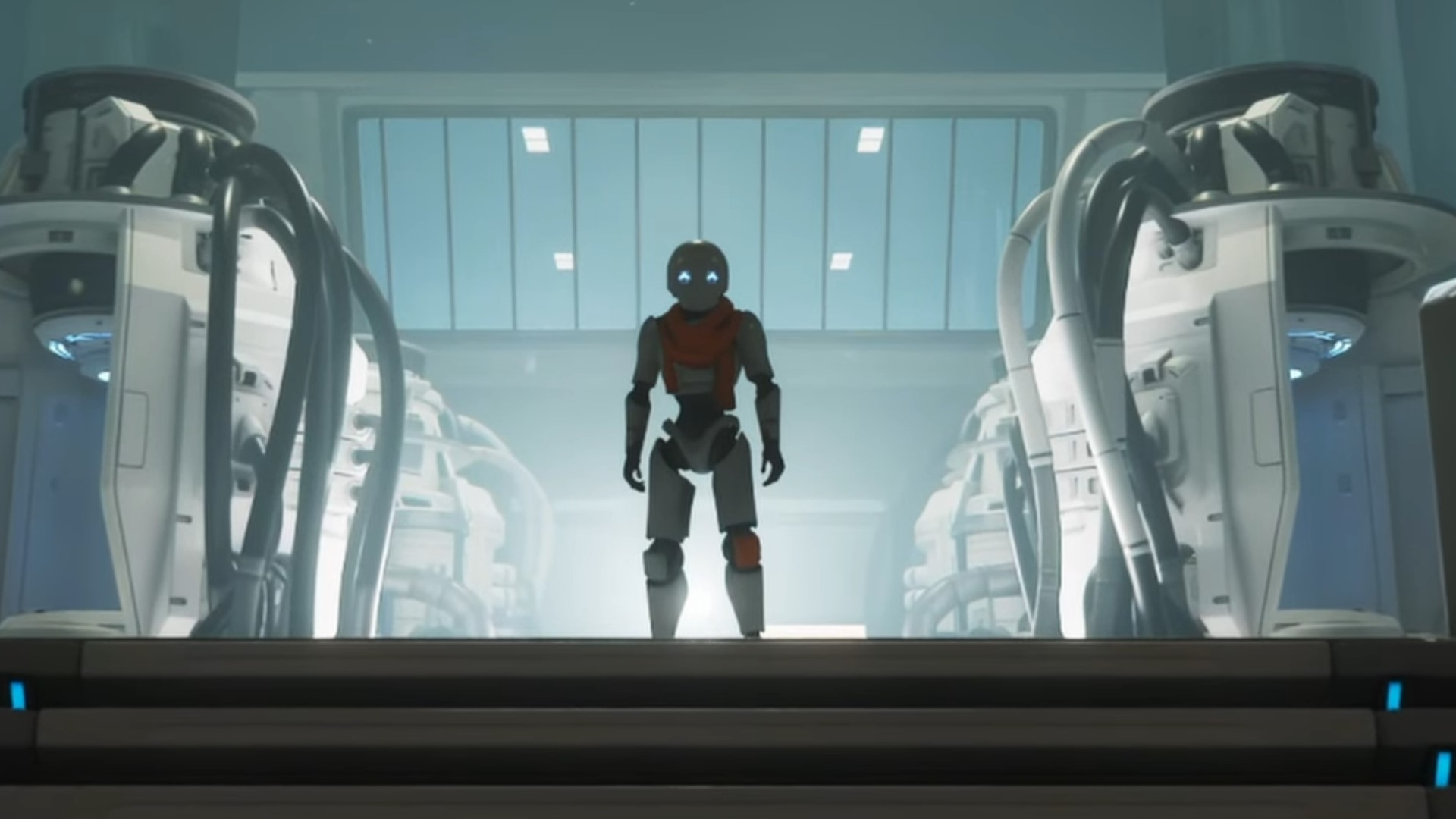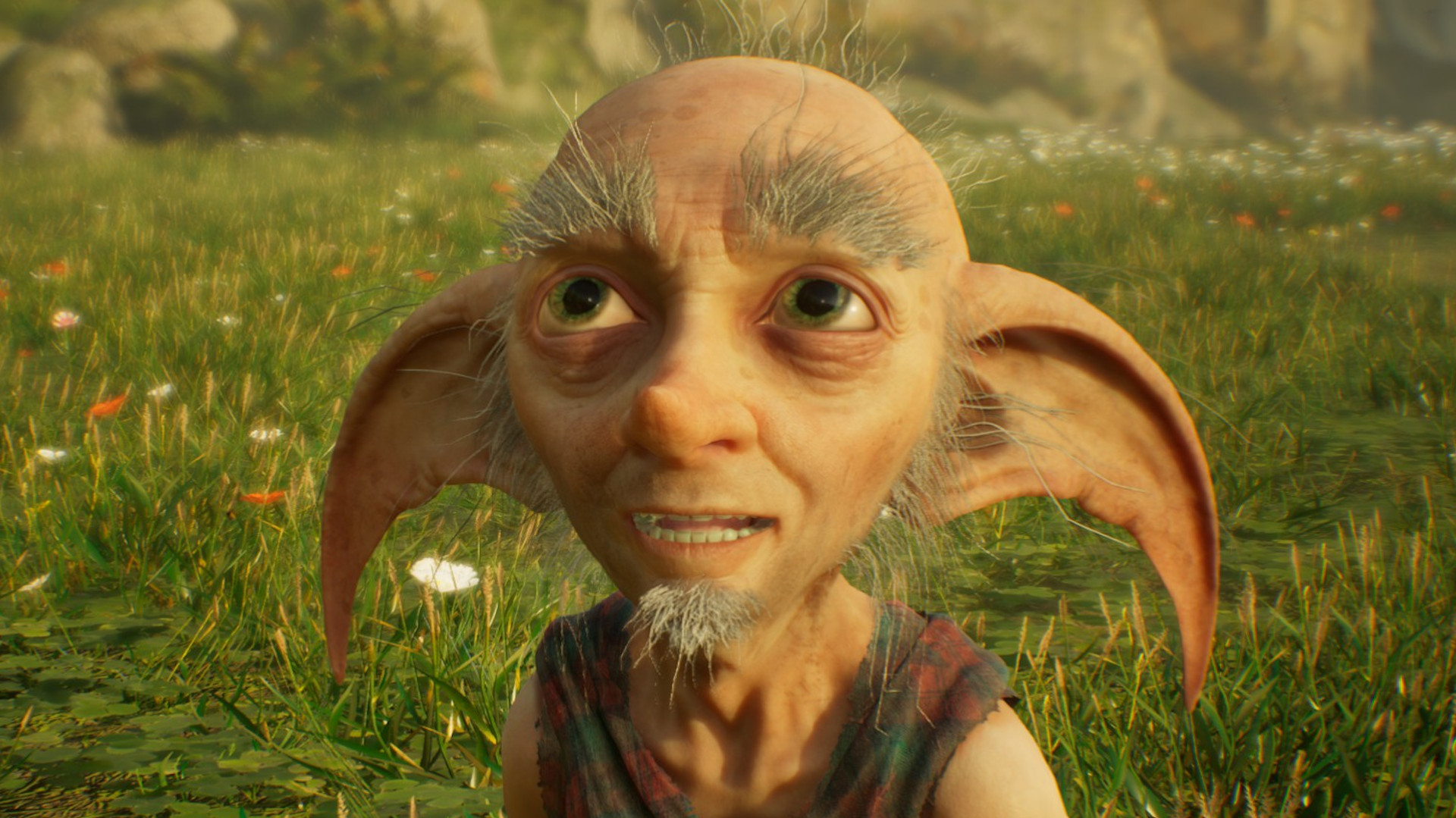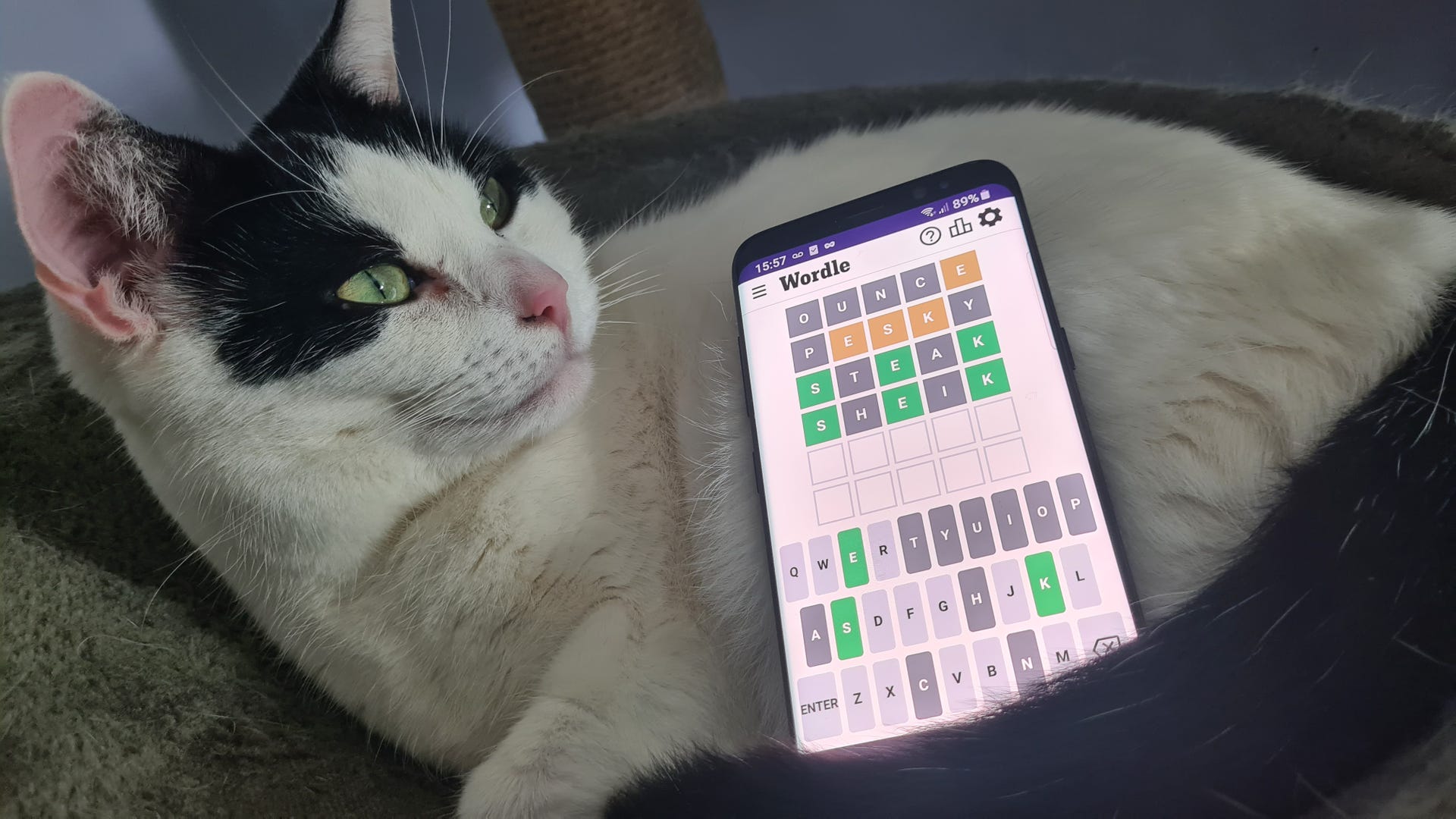
The moody, magic-soaked adaptation had a PC sensibility even when it was Wii exclusive.
As Mickey Mouse strolls to the end of Disneyland’s Main Street, he comes across a famous statue of his creator. Rendered in copper, Walt stands over six feet tall, more Andrew Ryan than animator—one arm outstretched to survey his domain. The other clutches the hand of his most beloved invention. But as Mickey steps forward to get a better look, his smile fades. It’s not himself he sees grinning back at Walt’s side, but Oswald the Lucky Rabbit—a Mickey doppelganger but for two long, black ears in place of the usual iconic pair.
This isn’t Main Street, but Mean Street—a warped and dilapidated knockoff where Disney’s abandoned cartoon characters eke out an existence without purpose or adulation. They ogle Mickey as he passes by, blinded by genuine celebrity as they recount their own brushes with stardom: “Remember me? Horace Horsecollar! I was in The Firefighters! The Barnyard Broadcast!” For every Horace, there’s a Clarabelle Cow or Gilda Goat—all bearing the same curiously skeletal bovine visage. If you squint a bit, they sort of resemble Goofy.
(Image credit: THQ Nordic)
They put on a brave face, but it’s not easy knowing you’re an early iteration, a stepping stone along the path to the finished article. It’s a similar plight to that of Anna Navarre and Gunther Hermannthe—two mechanically augmented agents who work alongside JC Denton at UNATCO in Deus Ex. Their superstrength comes at the cost of horrible scarring and cold metal limbs that leave them unable to attend birthday parties without drawing fearful eyes. No wonder they hate Denton—whose fresh off the line nano-augmentations are not only more powerful, but invisible to the naked eye. These are two people slowly realising they’ll spend the rest of their lives as iPhones that are no longer supported.
Why compare Epic Mickey to Deus Ex? Because they were both ushered into being by the same designer, Warren Spector. For 14 years, Epic Mickey was only playable on the Wii, effectively cutting it off from a generation of players who’d grown up clogging the Illuminati’s air vents. But with the new and rather good Rebrushed edition, it’s come to PC for the first time—finally closing the loop and allowing us a look at what Spector was up to in the late noughties.
It’s less hard than you might think to find links between a cartoon platformer and the immersive sims that Spector worked on at Origin Systems and Ion Storm. For starters, Spector built himself a dystopia right in Disney’s backyard. Riffing on the Fantasia favourite The Sorcerer’s Apprentice, Epic Mickey finds the world’s most famous rodent mucking up the workshop of his magical master—spilling a bunch of paint and thinner into a miniature world, known thereafter as Wasteland.
(Image credit: THQ Nordic)
Once you visit Wasteland, you realise that Spector beat Banksy to the Dismaland concept by half a decade—and somehow did it with the approval of the House of Mouse. Here is a majestic yet murky land that resembles a theme park after a hurricane—its buildings half collapsed by paint thinner, the teacup rides cracked and jerking unnervingly in mechanical malfunction. While steering clear of explicit horror, Epic Mickey isn’t afraid to present a world on the precipice. As in Deus Ex and Dishonored —the latter directed by Spector’s protégé, Harvey Smith—it lets you decide whether to pull that world back from the brink or give it a firm shove off the ledge.
Taking the mickey
I’ll throw my hands up and say that the mainstream’s foray into RPG-style moral choices during the noughties was a mixed blessing. Not every developer had BioWare’s way with nuance, and instead asked players whether they wanted to be saint or childcatcher. To a degree, Epic Mickey is guilty of dealing in binaries too—do you want to free Gremlin Calvin from his cage, or flip the lever that will fire him from a catapult? There’ll be treasure waiting if you do.
Yet Epic Mickey doesn’t only paint in primary colours, preferring to smudge the picture and blur the options available to you. During the European boat ride—through a sea of toxic sludge, much like the real English Channel—you’re tempted to topple the Eiffel Tower to serve as a makeshift bridge. I’d almost given up on finding an alternative path, and made my peace with recreating the climactic scene of Modern Warfare 3’s Battle of Paris, before I spotted an out-of-the-way trail amid the background scenery. Ultimately, the Tower stayed upright. In Wasteland, the kinder choice is often the less obvious one.
(Image credit: THQ Nordic)
As in Deus Ex, there are typically multiple routes to your destination—some of which skip entire segments of the main quest, and many of which you won’t spot until you’ve already reached your destination. Lots of areas are only accessible by ‘thinning’ out the environment—effectively erasing walls, floors and ceilings using Mickey’s paintbrush. But you’re warned that too much thinner can damage the world and make matters worse for its inhabitants.
I’ve certainly noticed that thinning attracts tiny, green-coloured orbs—spirits who bob around Mickey’s head and attack enemies in swarms, in a pre-echo of Dunwall’s rats. Spend more time painting and repairing Wasteland and you’ll instead become popular with friendly blue spirits, who can be sent to subvert your enemies. Clearly, old habits die hard; immersive sim designers have always encouraged players to deal indirectly with threats. Converted toons are the new turrets.
It’s not true to say that Spector’s design philosophy translates perfectly to 3D platforming. In a world as abstracted as Wasteland, it can be hard to move deliberately and make decisions with intent, the way Deus Ex taught us. In one level, I saved a caged Gremlin, who fired up a stairway of magic carpets; broke some machinery, which stopped the carpets moving again; then paid another Gremlin to get rid of a whirlpool I’m unsure was ever in my way. Given that 3D platforming is at its best when you’re bounding experimentally around the environment, making a single plan and sticking to it is easier said than done.
(Image credit: THQ Nordic)
It’s tricky, too, to keep track of consequences when the characters of Wasteland are, by definition, the Disney creations that didn’t stick in anyone’s memory. As in Deus Ex, familiar names will crop up in later levels to reward or punish you for your earlier conduct towards them. But when each Gremlin wears a jumpsuit and flight helmet that covers most of their features, it’s near-impossible to distinguish between them. Erik, isn’t it? Bennet? Prescott! How could I forget you, mate, after everything we went through on the Asia boat ride?
Still, there’s something special about a game which, moment-to-moment, plays like Mario—yet asks you to explore with curiosity and care. Clumsiness is what got Mickey into this mess, and the same approach won’t get him out of it. Not without an earful from a bunch of NPCs, anyway. There’s nothing more Warren Spector than a load of side characters lining up to cluck in disappointment at the way you handled that last mission.








